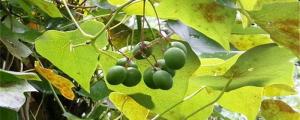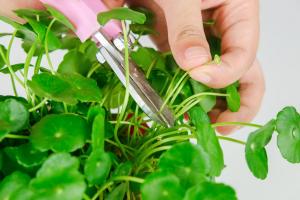1、 Curing method
1. Flowerpot: when cultivating sweet potato bonsai, you can choose flowerpot culture or vase culture. However, because the volume of sweet potato is large, the flowerpot with larger mouth should be selected when selecting the flowerpot. The vase with a mouth of 15-20cm should be selected for vase culture, otherwise the sweet potato cannot be well fixed
2. Temperature: in a low temperature environment, the growth rate of sweet potato will be very slow. Therefore, the temperature around it should be kept above 20 ℃ during culture
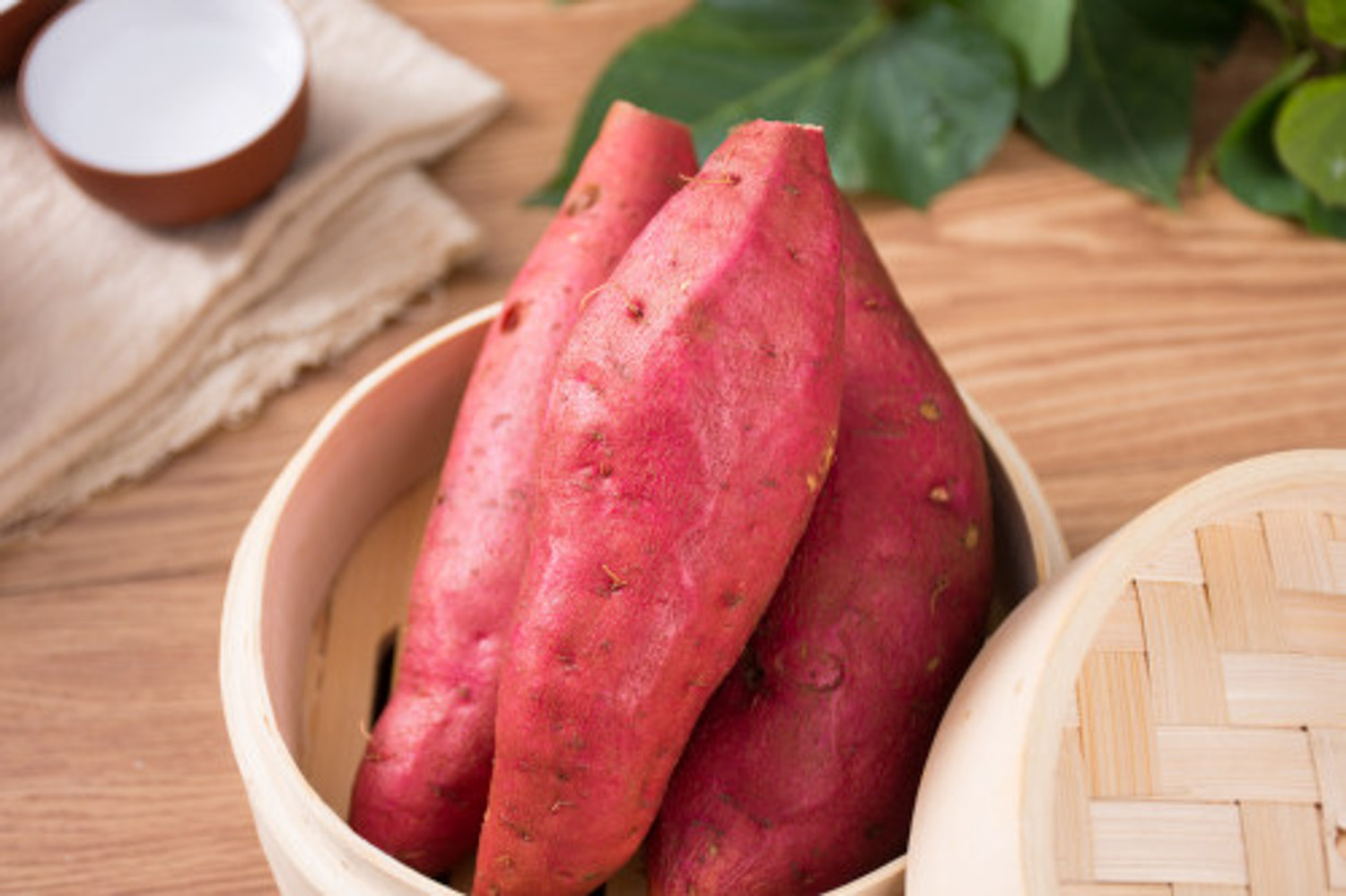
3. Moisture: sweet potato bonsai can be raised in water or soil. Under hydroponic conditions, the water is usually added to two-thirds of the sweet potato, and the water is changed every two days. In soil farming, just keep the soil moist
4. Soil: the requirements of sweet potato bonsai for soil are not high, and normal soil can be used. But loosen the soil regularly to ensure its air permeability. The soil combination of rotten leaf soil, garden soil and river sand is the most suitable
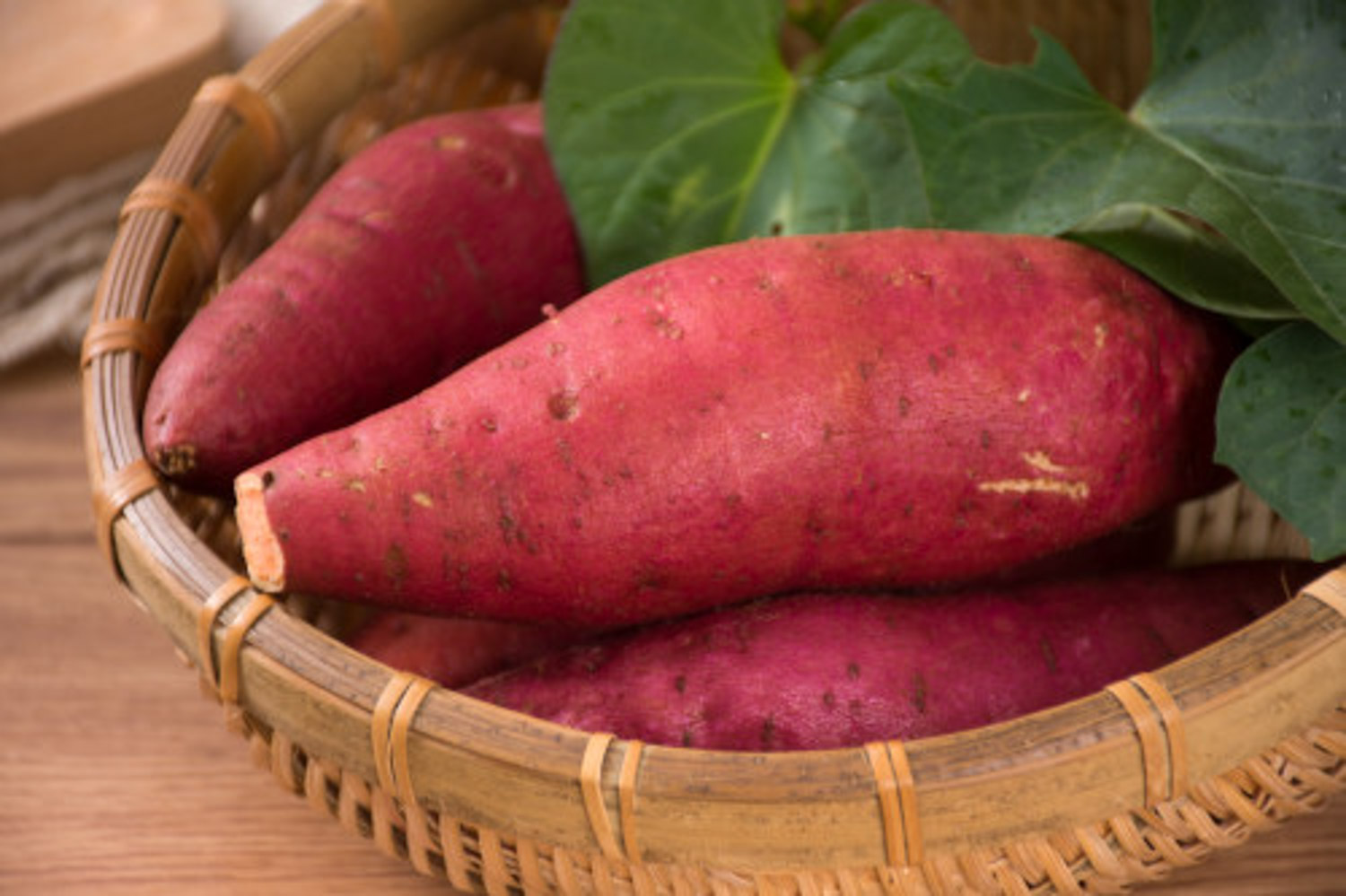
2、 Breeding skills
1. Pruning: sweet potato bonsai has a good ornamental effect, so it is necessary to prune the dense branches and leaves in the process of its growth, so as to give other branches sufficient growth space and achieve better ornamental effect
2. Pot change: when the branches and leaves grow at the initial stage, in order to make the sweet potato pot look more lush at the later stage, you can choose to replace the pot with a mouth of more than 30cm and the higher the better
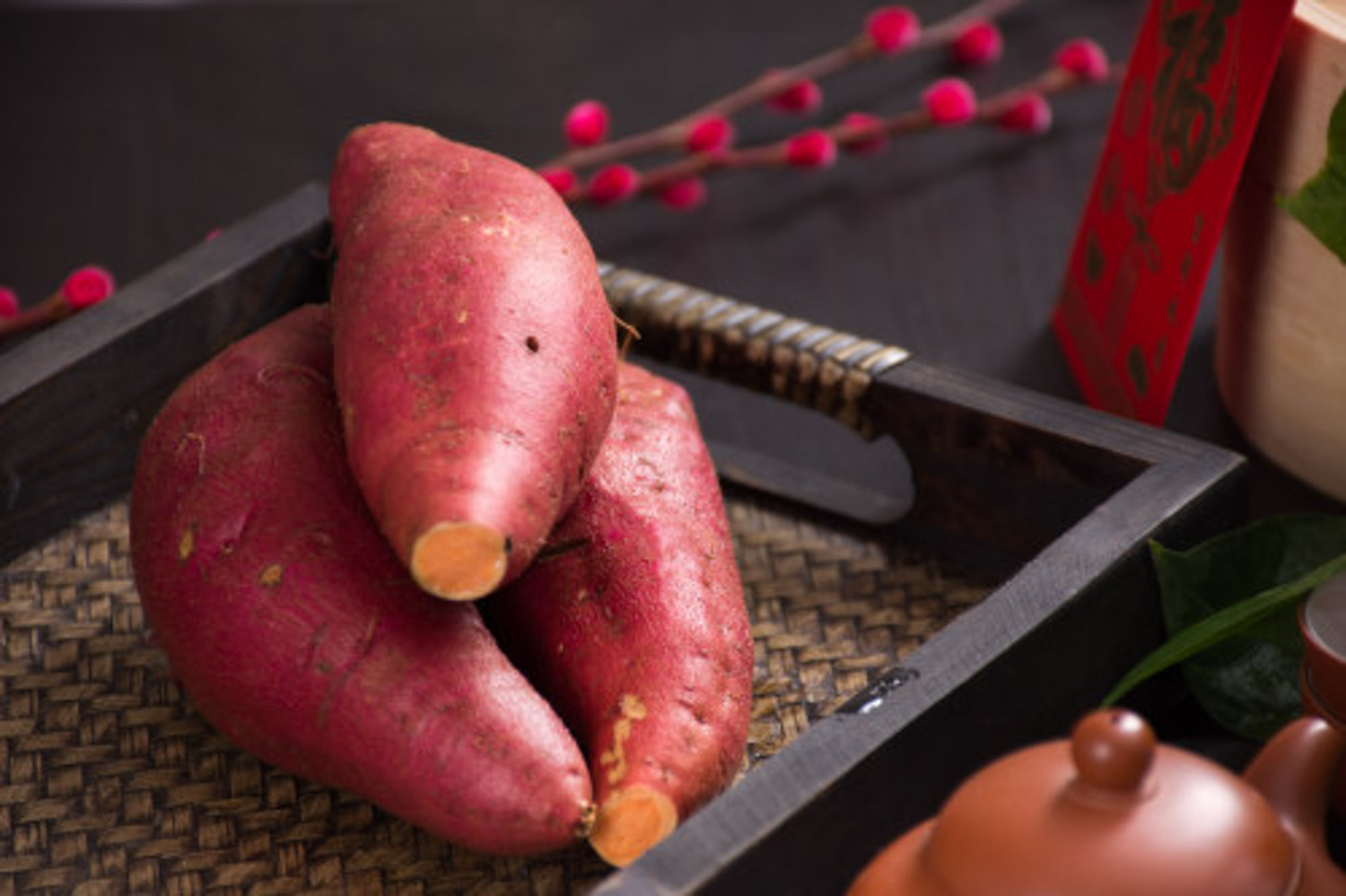
3、 Diagnosis and treatment problems
1. Leaf yellow: you can choose to cut off the diseased branches and let them grow again, and add a few drops of nutrient solution to avoid similar situations again
2. Rotten roots: if rotten roots occur in potted sweet potato cultivation, it may be because too much water is added in the breeding process, which makes the roots rot. At this time, it is only necessary to cut off the rotten part and reduce the amount of water. Breeding area, such as large decay, is recommended to reappear
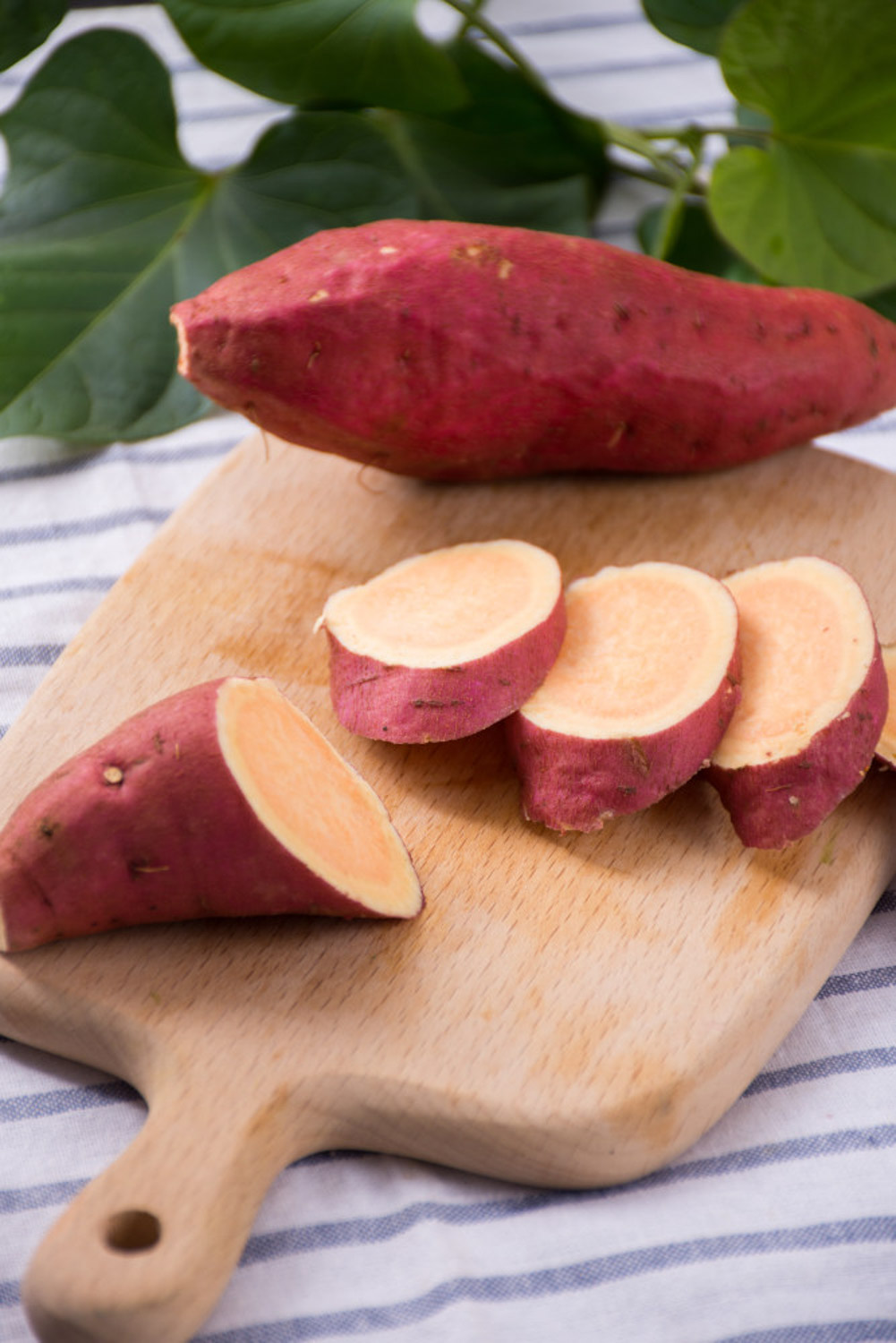
4、 Other issues
1. Edible: sweet potato is edible. Its bonsai is a kind of plant that can be seen and eaten. After it grows tender leaves, its tender leaves can be eaten, while its soil grown tubers can be eaten after the skin is hardened in a dry place
2. Hydroponics: it can be hydroponics. In hydroponic culture, remember not to let the water completely cover the sweet potato, so as not to cause it to rot and die. Water should be changed frequently during maintenance, and a few drops of nutrient solution can be added according to the growth trend during breeding
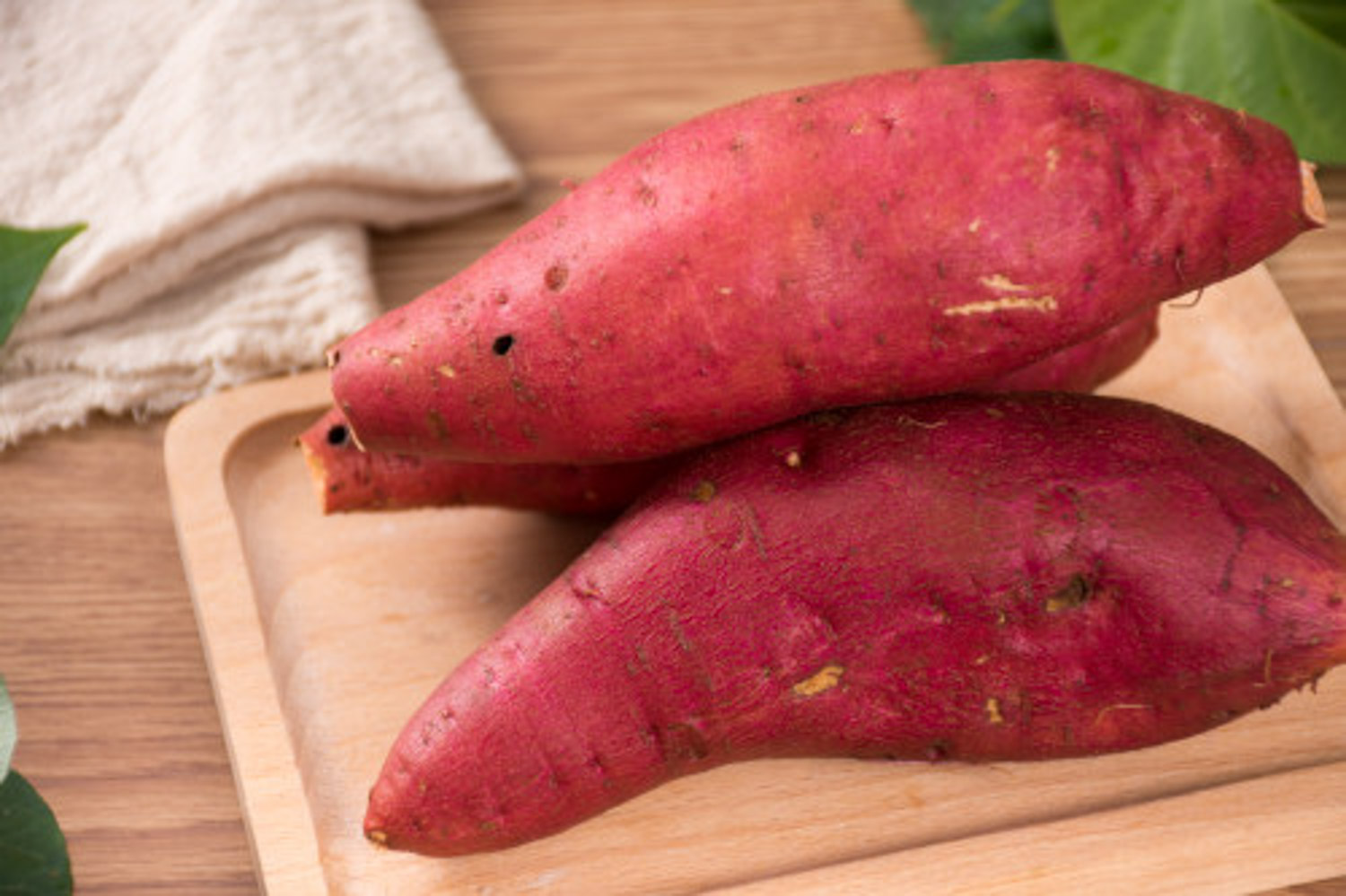

 jackfruit
jackfruit snake plant
snake plant hibiscus
hibiscus hydrangea
hydrangea lavender
lavender Green roses climb al...
Green roses climb al... If you don't pay att...
If you don't pay att... Management of four g...
Management of four g...


